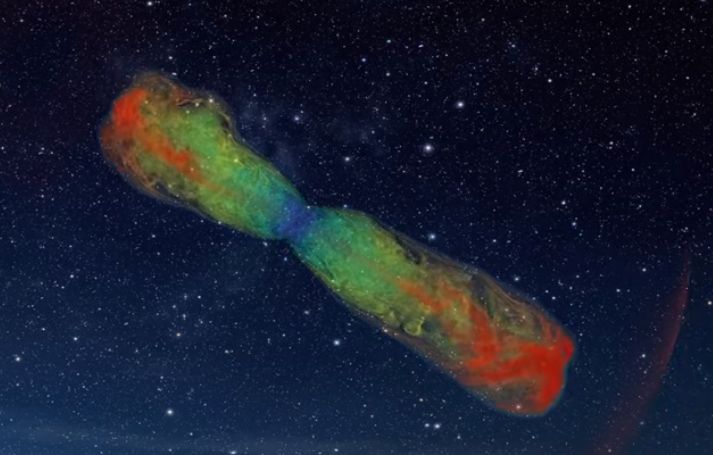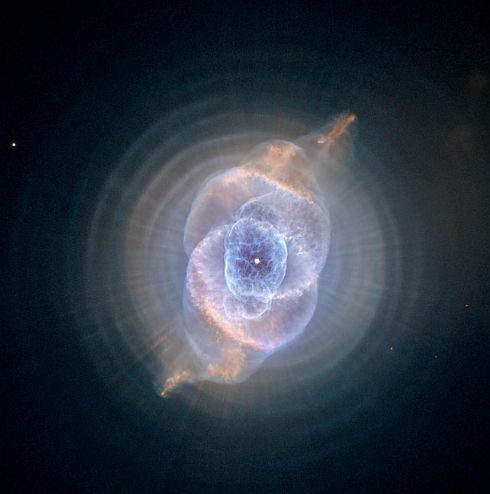
Gravitational waves are ripples in the fabric of spacetime caused by the acceleration of massive objects.
The main source of detecting gravitational waves are the mergers of binary systems consisting of black holes and neutron stars. Till now, the Laser Interferometer Gravitational-Wave Observatory (LIGO) and the Virgo detector have successfully identified gravitational waves.
For the first time, researchers at Northwestern University are exploring gravitational waves from a single, non-binary source. That is, energetic cocoons of debris that surround dying massive stars.
Cocoons can emit gravitational waves
Astronomers used state-of-the-art simulations to demonstrate that these cocoons can emit gravitational waves.
According to their findings, these gravitational waves fall within the frequency range that the Laser Interferometer Gravitational-Wave Observatory (LIGO) is capable of detecting.
Up until now, LIGO has primarily detected gravitational waves from binary systems. This is for the first time the emissions have been recorded from non-binary source.
This opens new avenues of exploration and provide valuable insights into astrophysical phenomena.
Cocoon is created around the jet
Ore Gottlieb, who led the study, revealed that while calculating the gravitational waves from the vicinity of a black hole, he encountered disruptions in the calculations.
On careful observation, he was able to trace back the error to the cocoon of debris. Before he could ignore the extra data, he observed that it was rather an interesting source of gravitational waves.
He further explained, as jets collide with the collapsing layers of a dying star, a turbulent bubble or “cocoon” is created around the jet.
This cocoon happens to be a mixture of hot gases and debris. This cloud of gas along with debris then expands in all directions from the jet.

Cocoon disturbs the fabric of space-time
As this energetic bubble accelerates away from the jet, it perturbs the fabric of space-time. Consequently, it results in the formation of gravitational waves.
To simplify the process, Gottlieb used an analogy of drilling a hole into a wall. While spinning drill, some debris are spewed out of wall. Similarly, when the jet penetrates deep inside the star, the inner material gets heats up and gradually ejects out.
This (ejected) material then forms a cloud like structure or a cocoon. It is within this turbulent environment that the acceleration and motion of the cocoon generate the observed gravitational waves.
Asymmetrical behaviour gives rise to gravitational wave emission
An interesting fact behind the gravitational waves is that it is generally emitted by asymmetrical or non-spherical events. As it disturbs the balanced mass distribution in an object.
While, spherical or symmetrical explosions do not generate significant gravitational waves. For instance, supernovae, as the mass distribution remains relatively unchanged.
When it comes to jets and their associated cocoons, they exhibit asymmetrical behaviour. Therefore, the effect makes them more suitable for gravitational wave emission.
Hence, Gottlieb asks his astrophysics community to redirect their attention to cocoons. By observing these astrophysical phenomena, they could gain more in-depth knowledge about:
- the innermost part of stars
- properties of jets
- their prevalence in stellar explosions
Takeaway
The study presents an exciting opportunity to explore a new class of non-binary gravitational wave sources.
Additionally, the information has also deepened our understanding of the astrophysical processes associated with dying massive stars.



